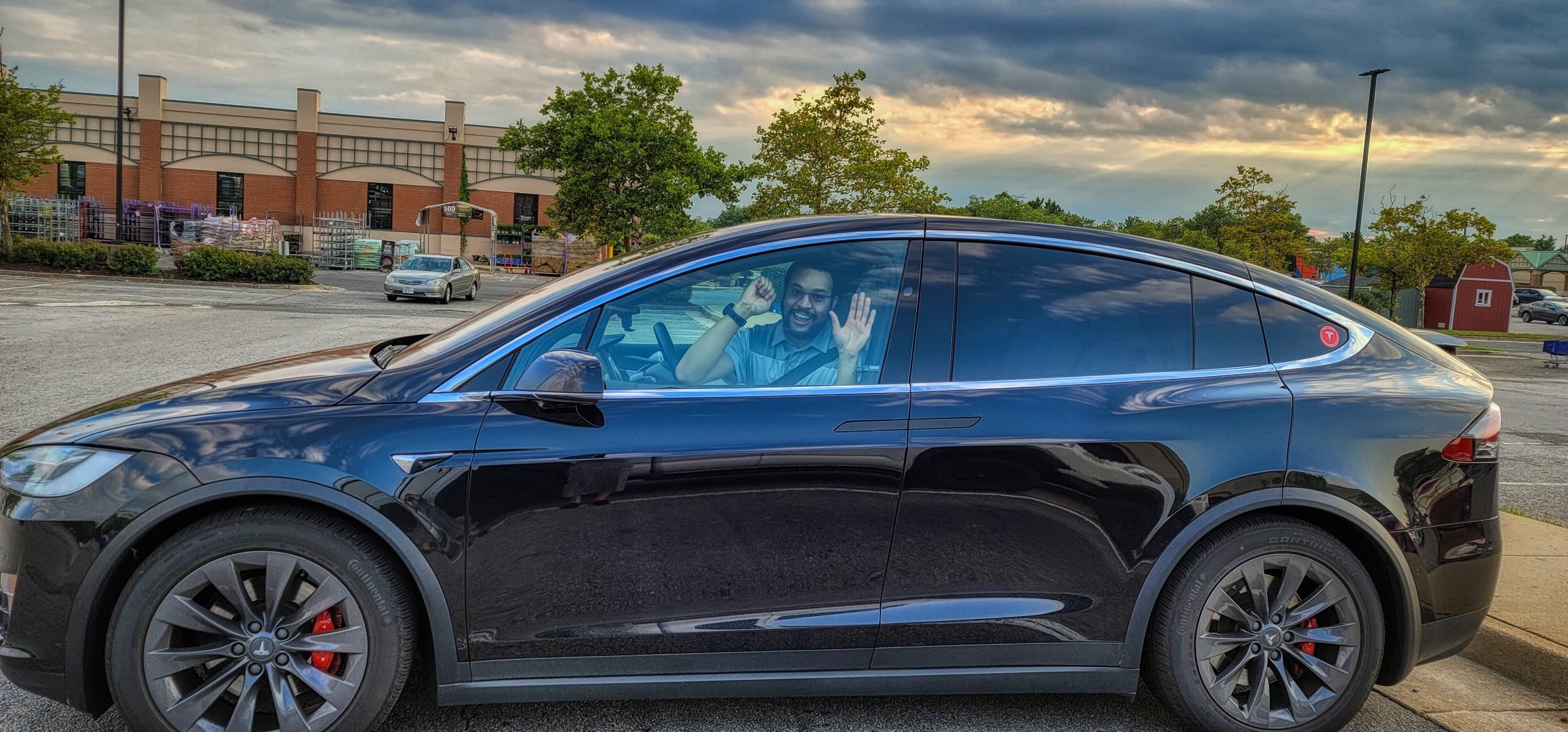
A portion of the Thought-stream of Tangent (Kacey Green), my brain doesn't turn off, so I dip this dixie cup in the stream and share with the world on a when I'm in the mood basis. Sometimes days in a row, sometimes you might not see me for years (do look at some of my other online outlets). I recommend you subscribe to the RSS feed.
Mythbusting
People in general are resistant to change, but they seem to take it to the next level sometimes here in the Southeast. Alternative fueled vehicles, hybrids, and now electric and range-extended electric vehicles don’t seem to get a fair shake here.
People seem to have some sort of idea in their heads about how things work and they don’t care to be informed further than what they think they are. Like my Volt people assume it’s slow, that it consumes monstrous amounts of electricity, that it can explode into a fiery ball of flames or that it works something like the Toyota Prius. Thankfully people try to keep an open mind when seeing the vehicle in the flesh.
Hybrids are slow
My Volt turns into a hybrid when it runs out of charge; it is an electric vehicle the other 93% of the time I’ve owned it. It can do 101 miles per hour in EV mode with no gasoline assistance; until it burns all of the charge (I’m curious how long it can maintain top speed on EV only). The car has more torque than many V6 sedans (273 lb.-ft., the power to get you up to speed) and a similar amount of horsepower (149 horsepower, the power to keep you going) to a 4 cylinder engine. My vehicle hasn’t lost a stoplight to speed limit heat yet (closed course do not attempt). Something I enjoy doing when leaving a stoplight is to leave everyone behind by three or more car-lengths, and the people around here don’t know how to conservatively take off from a stoplight, if you aren’t doing 30mph in one car-length you get all kinds of dirty looks. I prefer to take off at 2 mph per second until I get to the speed limit when I’m driving for fuel economy, people whip around me like I’d just cut them off when I drive like this.
You’re just trading a gas bill for an electric bill
The vehicle has a 16 KWh battery but it only exposes 9.7-10.2 of that for you to use. At 110 volt charging there are more charging losses due to the thinner cables and the increased amount of time the battery heating or cooling system runs vs. the 240 volt charging. This equates to 8-10 hours on 110v for a full charge vs. ~4 on 220v. At the rates I’m charged for electricity it’s about $1.02 per charge (and I don’t often drain the battery upon arriving home) at the rates they pay at work it’s about 75¢ to 80¢ for a full charge, again I don’t often have a completely drained battery, but it can get pretty close. My commute is 42 miles each way. I was spending $200 a month in gas before I got this car, now fuel is under $40 a month.
That car is dangerous
This is usually based on an unrealistic test conducted on the vehicle in the lab, about three weeks after a severe crash with a completely full battery (my battery starts dropping the minute I leave my driveway) a test vehicle caught fire in the scrapyard. This is similar to doing the same thing with a gasoline powered car and leaving the tank full after a severe crash. Both cars have approved methods to drain their fuel. The possibility of this rare situation happening was eliminated with a fix from General Motors and verified by the same agency that found the possibility. The two fires involving Volts in garages were ruled by their fire marshals to not be the cars or their charging equipment. One of those two cases involved a home-built electric car in addition to the Volt but it was ruled out too.
I know how a hybrid works
What’s your point? The Volt doesn’t operate as a hybrid until the battery runs below the usable threshold (EPA ~35 miles, for me ~50 miles) then it operates similar to the Prius. It doesn’t often operate in a mode comparable to the Honda hybrids or GM’s belt assisted hybrids, or GM’s E-assist system. The converted plug-in Prius vehicles and the official Toyota-built Plug-in Prius operate much like the original vehicle, in-fact if you dab the accelerator too hard or go too fast the vehicle will start the engine, and the rated range is only 15 miles. The scenarios where the Volt will start the engine when the battery isn’t empty are:
- When it’s really cold out, below 25 degrees Fahrenheit (and only briefly)
- When you haven’t used the engine in 6 weeks
- When the fuel in the tank is older than 1 year
- When the user has selected mountain mode and driven past the new shortened threshold for calling the battery empty
- Finally if you open the hood while the vehicle is energized and not in service mode
People
tend to see a car and compare it to the only two reference points they have,
how much gas their car burns (usually in the 25mpg range) or how much their
house air conditioner uses (when they set it to arctic and it runs constantly,
this actually is kind of accurate but it's more like doing this for just 1
hour, the vehicle can only hold so much of either type of fuel, electricity or
gasoline)
Kacey Green
This post brought to you from deep within the thought-stream of Tangent.
